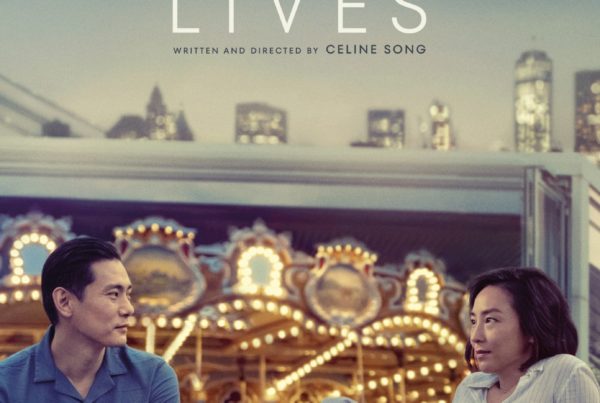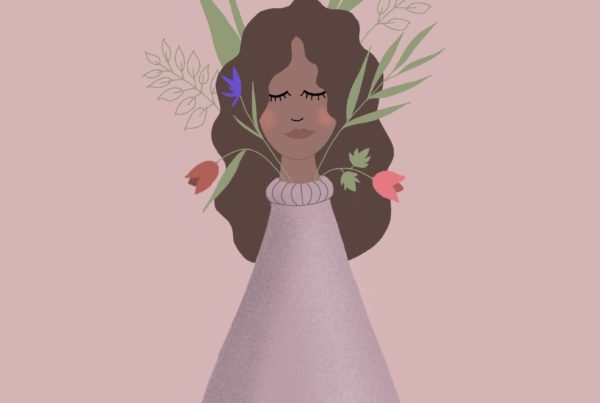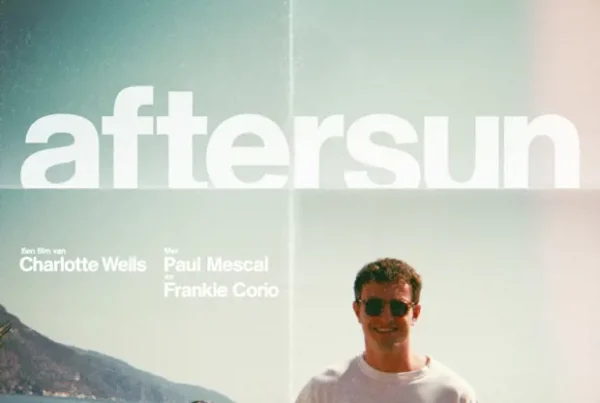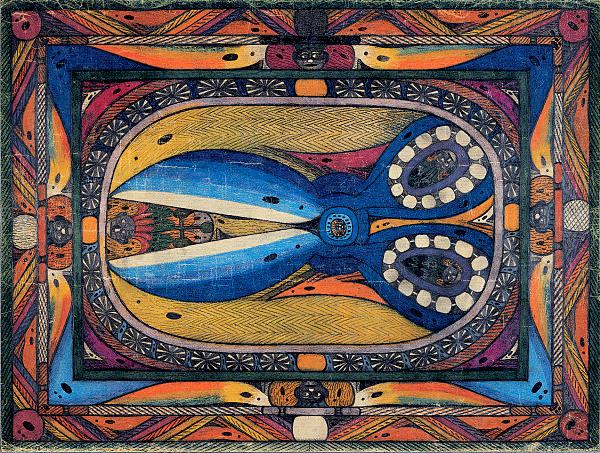
‘Art must make you laugh a little and make you a little afraid. Anything as long as it doesn’t bore.’
These words belong to Jean Dubuffet, a wine merchant turned artist who in June 1948 founded la Compagnie l’art brut in Paris. Art brut (raw art, or Outsider art, as it is often referred to) is an umbrella term for art created by non-professionals working outside the regular art industry such as psychiatric patients, prisoners and even children. Dubuffet himself, who dropped out of art school after only being enrolled there for six months, thought of academic art as disconnected, boring and ostentatious. His words above show why he was so fond of his self-coined art movement; art brut operates outside the established aesthetical norms and is not bound by any rules. La Compagnie l’art brut was dedicated to the discovery and exhibition of art brut. Dubuffet later on started collecting art brut himself, and part of his Collection de l’art brut is now on display at the Outsider Art museum, located at the Hermitage in Amsterdam. When art brut was first displayed, the established art world wasn’t sure what to make of it. Perhaps due to fear of the unknown, they weren’t even sure whether to call it art at all.
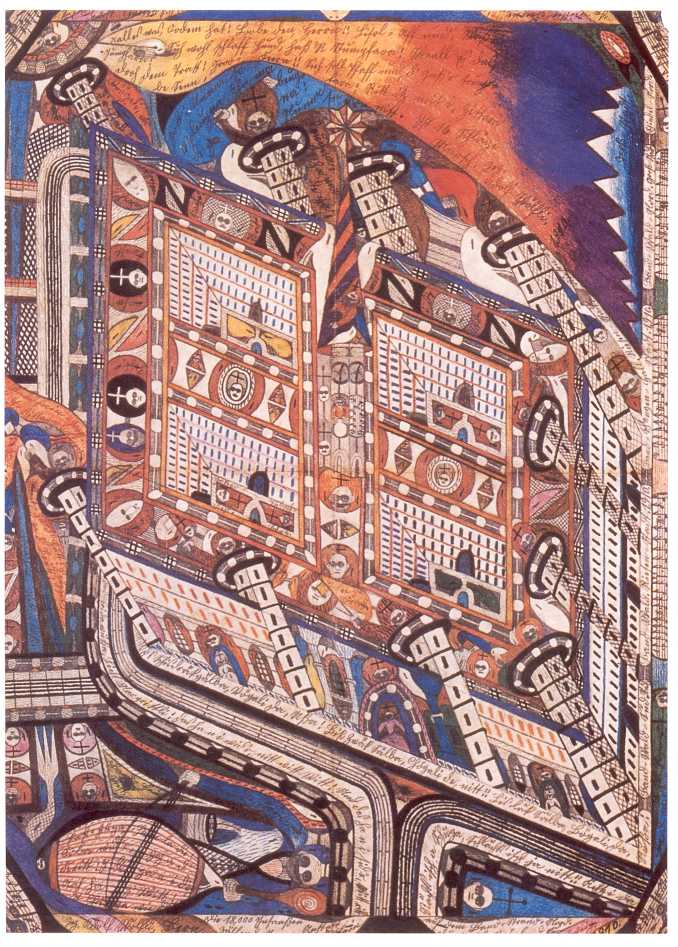
Art brut accentuates the isolation many of its makers experience. Originating from solitude, the art depicts the extraordinary beliefs and thoughts the artists aren’t able to express. One of the most well-known names within the art brut movement is Adolf Wölfli. As a young child, Wölfli was repeatedly abused and eventually orphaned at the age of 10. Later on in life Wölfli experienced several psychotic episodes, and eventually was admitted to a psychiatric hospital. It was there, at the Waldau Clinic, that he started painting as a way to express himself, after being asked by his psychiatrists to tell them about his life. His paintings depict a wonderful fantasy world, using many bold colours and filling up every blank space. Art brut gave Wölfli, and many ‘outsiders’ with him, a voice in a society where they normally wouldn’t have had one.

The exhibition Art Brut | Jean Dubuffets revolutie in de kunst is on display until August 25, 2019 at the Outsider Art Museum.
References
[Image 1] Retrieved February 19, 2019 from https://www.wikiart.org/en/adolf-wolfli/irren-anstalt-band-hain-1919/
[Image 2] Retrieved Fe bruary 19, 2019 from https://upload.wikimedia.org/wikipedia/commons/a/aa/Adolf_Wölfli_Schähren-Hall_und_Schährer-Skt_Adolf-Ring.jpg/.
‘Art must make you laugh a little and make you a little afraid. Anything as long as it doesn’t bore.’
These words belong to Jean Dubuffet, a wine merchant turned artist who in June 1948 founded la Compagnie l’art brut in Paris. Art brut (raw art, or Outsider art, as it is often referred to) is an umbrella term for art created by non-professionals working outside the regular art industry such as psychiatric patients, prisoners and even children. Dubuffet himself, who dropped out of art school after only being enrolled there for six months, thought of academic art as disconnected, boring and ostentatious. His words above show why he was so fond of his self-coined art movement; art brut operates outside the established aesthetical norms and is not bound by any rules. La Compagnie l’art brut was dedicated to the discovery and exhibition of art brut. Dubuffet later on started collecting art brut himself, and part of his Collection de l’art brut is now on display at the Outsider Art museum, located at the Hermitage in Amsterdam. When art brut was first displayed, the established art world wasn’t sure what to make of it. Perhaps due to fear of the unknown, they weren’t even sure whether to call it art at all.

Art brut accentuates the isolation many of its makers experience. Originating from solitude, the art depicts the extraordinary beliefs and thoughts the artists aren’t able to express. One of the most well-known names within the art brut movement is Adolf Wölfli. As a young child, Wölfli was repeatedly abused and eventually orphaned at the age of 10. Later on in life Wölfli experienced several psychotic episodes, and eventually was admitted to a psychiatric hospital. It was there, at the Waldau Clinic, that he started painting as a way to express himself, after being asked by his psychiatrists to tell them about his life. His paintings depict a wonderful fantasy world, using many bold colours and filling up every blank space. Art brut gave Wölfli, and many ‘outsiders’ with him, a voice in a society where they normally wouldn’t have had one.

The exhibition Art Brut | Jean Dubuffets revolutie in de kunst is on display until August 25, 2019 at the Outsider Art Museum.

